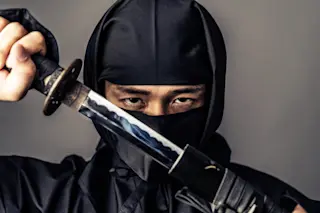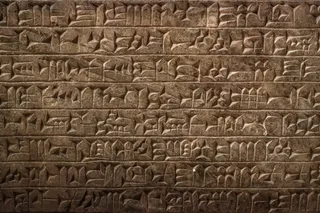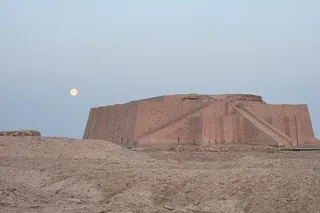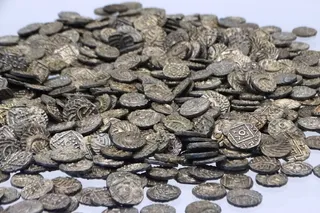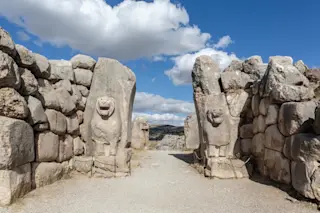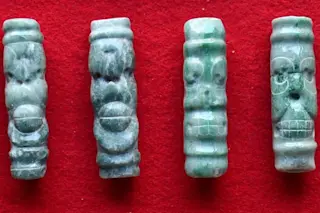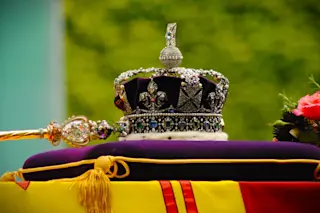Archeological evidence of warfare dates back about 10,000 years, to the time of the agricultural revolution — when people departed from the hunting/gathering culture and started forming farming communities. The killing of groups by other groups can be traced to prehistoric times, around 9700 B.C. With the emergence of war, a people joined together to fight a common enemy and became warriors. Throughout history, there have been many daring, brutal, and brave warrior societies. Here are five that stand out.
The Maori originated as Polynesian people who settled in New Zealand between the 11th and 13th centuries and make up about 15 percent of that nation’s population today. Historically, they organized in tribal groups and had unique weapons, including the wahaika, taiaha, patu, and their most prized weapon, the mere — a short, tear-dropped shaped sword made of pounamu, a hard stone. But it wasn’t just their unusual weaponry that ...



